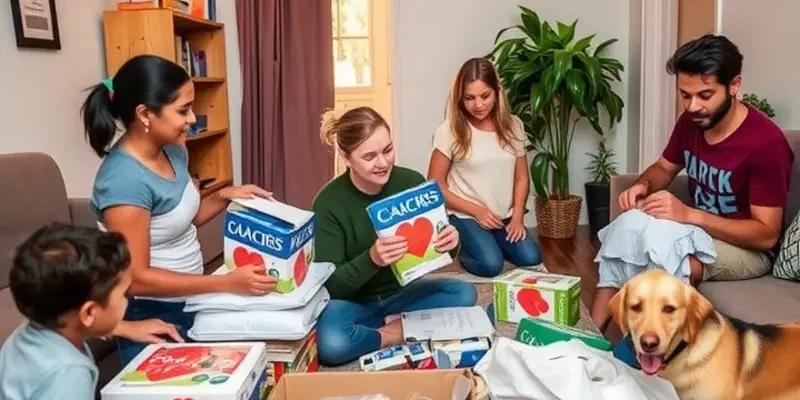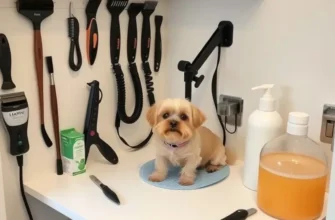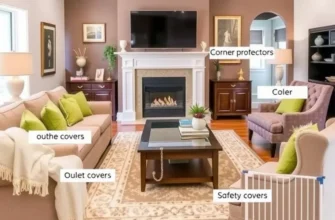Living in an apartment doesn’t mean compromising on safety or comfort, especially when it comes to emergencies. Families, pet owners, and couples seeking to create a nurturing and secure environment should prioritize having an emergency kit tailored to their specific needs. Whether it’s a minor incident or a major emergency, being prepared ensures that you can respond confidently and efficiently. This article will guide you through the essential components of an apartment emergency kit, covering everything from food supplies to safety gear, ensuring it caters for both your loved ones and furry friends. With a few thoughtful preparations, you can create a family emergency plan that brings peace of mind and comfort in challenging situations.
Building Your Family Emergency Essentials
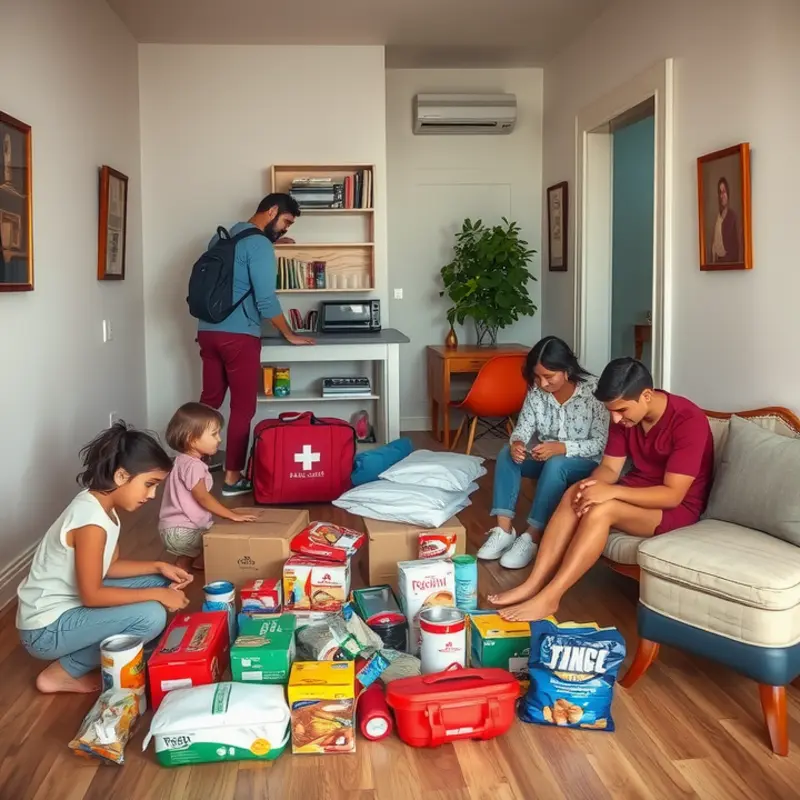
Creating a family emergency kit that caters to everyone’s needs involves careful planning and consideration. Start by identifying the essential categories—food, first aid, and essential supplies. These form the backbone of a robust emergency kit.
Food is a fundamental component. Stock up on non-perishable items that are nutrient-dense and have a long shelf life. Consider canned goods, dried fruits, nuts, and energy bars. For families with infants, ensure you have enough formula or baby food. It’s prudent to choose items your family already enjoys to provide some comfort during stressful times.
Calculate food needs for at least three days. Multiply the daily consumption by the number of family members. This helps determine the amount needed, avoiding over or under-packing the kit. Don’t forget a manual can opener if your supplies include canned items!
A comprehensive first aid kit is vital. Beyond basic bandages and antiseptics, include any prescription medications family members need, noting expiration dates. Include over-the-counter pain relievers, allergy medications, and any specific items pertinent to your family’s needs. Adhesive tapes, sterile gauze, and a digital thermometer round out the essentials.
Be mindful to tailor the first aid kit to family dynamics. For instance, if someone has asthma, include an extra inhaler. A well-stocked first aid kit can mitigate minor injuries or ailments from becoming emergencies.
Essential supplies bridge the gap between comfort and survival. This category includes a flashlight with extra batteries, portable phone chargers, and a whistle to signal for help if necessary. Also consider personal hygiene items like toothpaste, soap, and bath wipes. For families with infants, spare diapers are crucial.
A small tool kit with a multi-tool and duct tape can prove invaluable for basic repairs or adjustments. Additionally, think of important documents—copies of IDs, insurance papers, and family contact information. Keep them in waterproof bags to prevent damage.
Comfort items, though not essential, should not be neglected. Pack a few toys or books to occupy children and ease anxiety. Similarly, include a comfort blanket or stuffed animal for little ones. These items can make a daunting situation more bearable.
Regularly review and update your emergency supplies. Change out expired items and modify the kit as family needs evolve. Consider storing the kit near an exit for quick access during emergencies.
Don’t let preparation stop here. Explore further insights like childproofing apartment kitchens to enhance safety in your home environment. Being prepared is about making informed choices that safeguard your family’s well-being in the face of unforeseen circumstances.
Creating a Safety Plan for Your Loved Ones
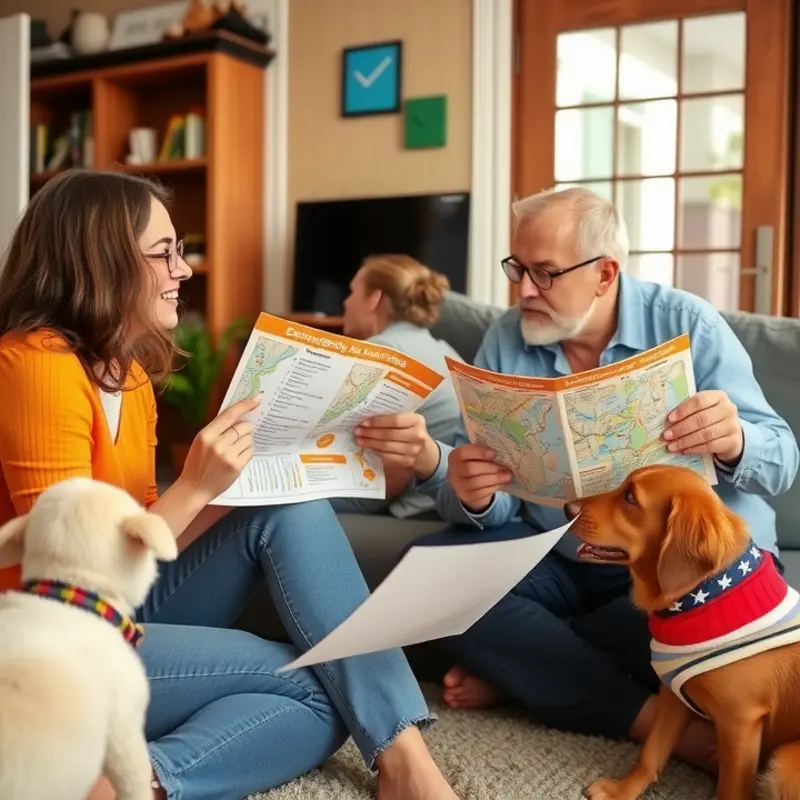
Establishing a comprehensive safety plan is crucial for safeguarding every member of your family, including children and pets. To ensure everyone knows what to do during emergencies, begin by holding a family meeting to discuss potential scenarios and responses. This meeting should include children so they can ask questions and voice any concerns. For younger kids, using simple language and visual aids can be effective.
Outline different types of emergencies, such as fires, earthquakes, or severe weather events, and tailor the plan for each. For instance, in the event of a fire, every family member should be familiar with escape routes and know how to call emergency services. It’s beneficial to designate a safe meeting spot outside the apartment where everyone can regroup.
Practice these escape routes regularly, turning it into a fun drill for kids. This will help them remember the steps even when they’re scared. Familiarize them with the sound of smoke detectors and explain that it signals the need to follow the escape plan immediately.
Pets require special considerations in your safety plan. Ensure pet carriers are easily accessible and that older children know how to help secure pets in them if necessary. Consider including small containers of pet food and compact water bowls in your emergency kits. This preparation ensures pets are comfortable during unexpected evacuations.
In apartments, noise is often an issue. Being prepared can calm pets and reduce stress-induced noise from barking or yowling. You can find valuable tips on managing pet noise in apartments here.
Additionally, identify trustworthy neighbors who can assist in emergencies when you’re not home. Exchange contact information and consider establishing a buddy system for mutual support. This network can be vital, especially for families with children who might need assistance during chaotic situations.
Education is vital to the success of any safety plan. Teach your children how to recognize the signs of an emergency and how to use basic technology to call for help. This includes how to dial emergency services and what information to provide. Practicing these scenarios gives children confidence in their ability to manage unexpected events.
Creating informative visual aids, such as maps of exit routes and emergency contacts, will also reinforce your plan. Display these in a prominent location so they are easily accessible for all family members.
Finally, review and update your safety plan regularly. Life changes, such as moving to a new apartment or adding new family members, can impact the effectiveness of your plan. Periodic reviews ensure everyone is prepared and can act calmly and efficiently in an emergency situation. Consistent dialogue, rehearsal, and updates cultivate a proactive environment focused on the well-being of all family members.
Final words
Preparation is key to feeling safe and secure in your apartment. By developing an emergency kit that considers the needs of your family and pets, you not only equip yourselves with necessary resources but also cultivate a culture of safety and teamwork within your home. Regularly review and update your emergency supplies, discuss your plans with your family, and engage the whole household in maintaining this readiness. Ultimately, your proactive steps today will safeguard against uncertainties tomorrow, allowing you and your loved ones to face any situation with confidence.

